A home fuel cell or a residential fuel cell is an electrochemical cell used for primary or backup power generation.They are similar to the larger industrial stationary fuel cells, but built on a smaller scale for residential use.These fuel cells are usually based on combined heat and power (CHP) or micro combined heat and power (m-CHP) technology, generating both power and heated water or air.. A fuel cell consists of two electrodes—a negative electrode (or anode) and a positive electrode (or cathode)—sandwiched around an electrolyte. A fuel, such as hydrogen, is fed to the anode, and air is fed to the cathode. In a polymer electrolyte membrane fuel cell, a catalyst separates hydrogen atoms into protons and electrons, which take.
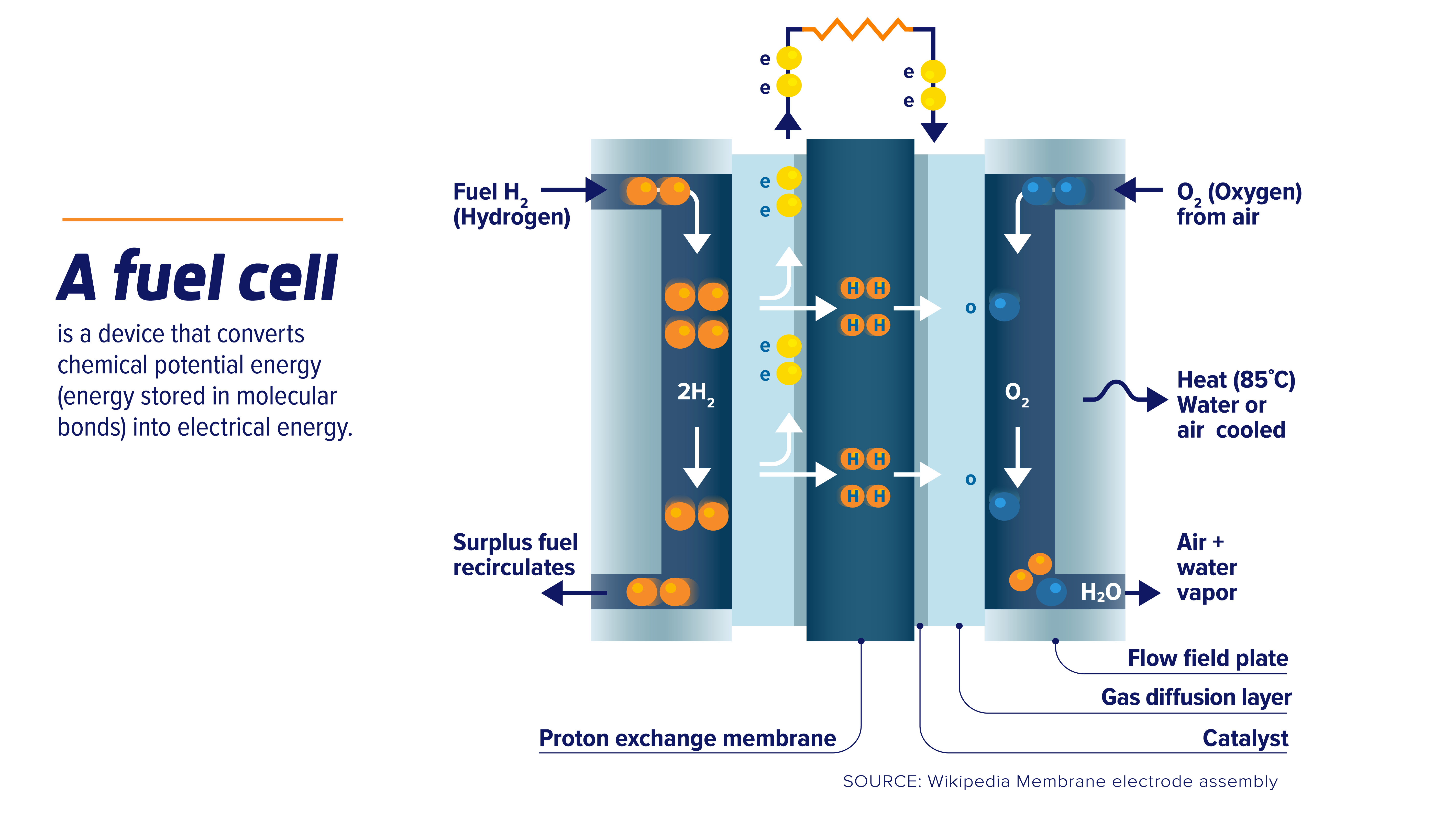
About Fuel Cells CHFCA

Toyota Experimenting With Natural Gas Fuel Cells The Drive

Stationary Natural Gas Reformed 5kw Power Generator, Fuel Cell Systems for Residential Buildings

Capabilities Colorado Fuel Cell Center

Portable hydrogen fuel cell generator with power output of 400 W pv magazine Australia

Top 9 Hydrogen Fuel Cell Home Power Generation Life Maker
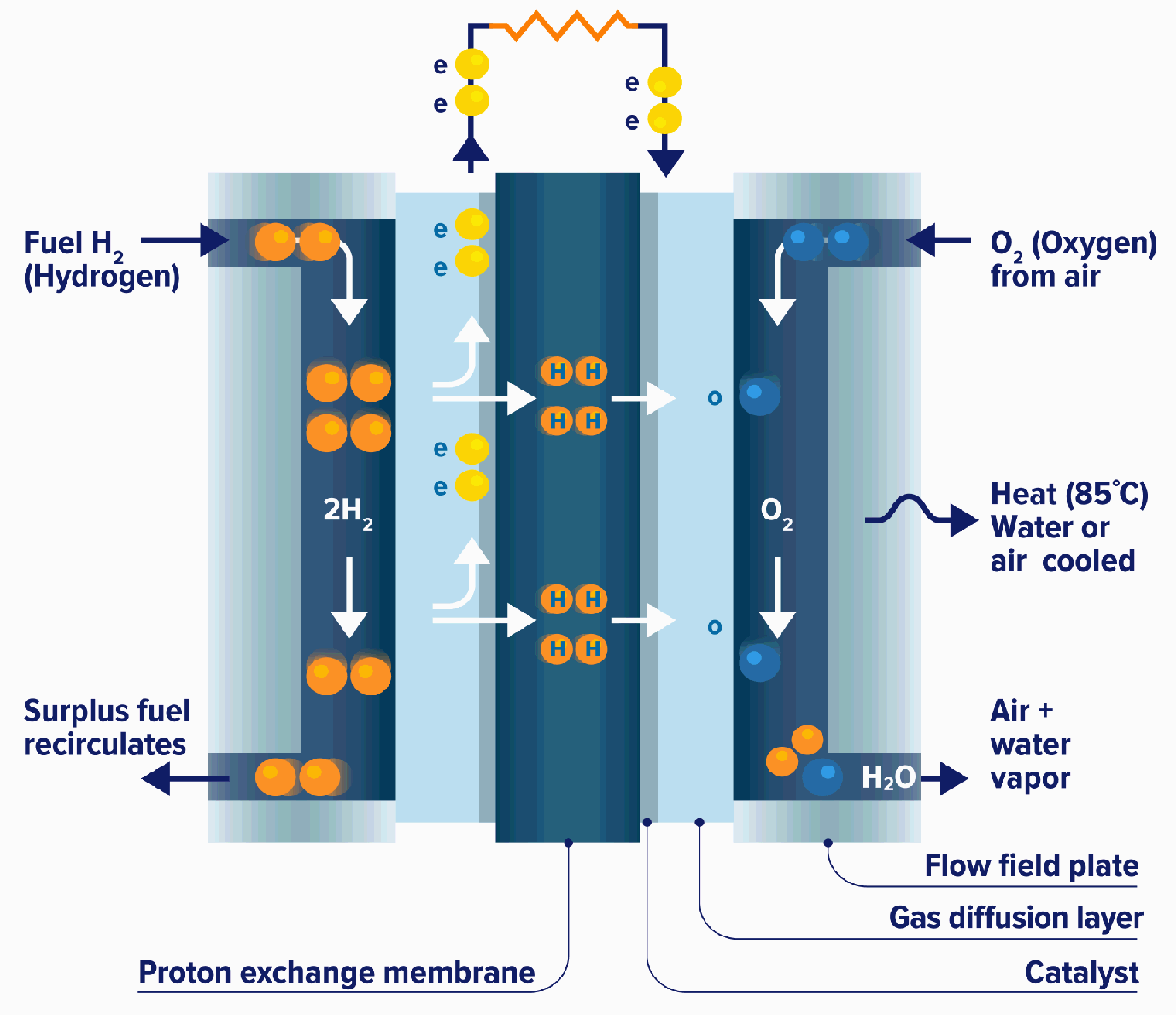
ALL ABOUT FUEL CELLS HOW DO THEY WORK

Atmos Energy installs natural gas fuel cell at corporate data centre

11 best images about Home Fuel Cell System on Pinterest Ideas, Home and Http//www

Hydrogen Fuel Cells Beswick Engineering
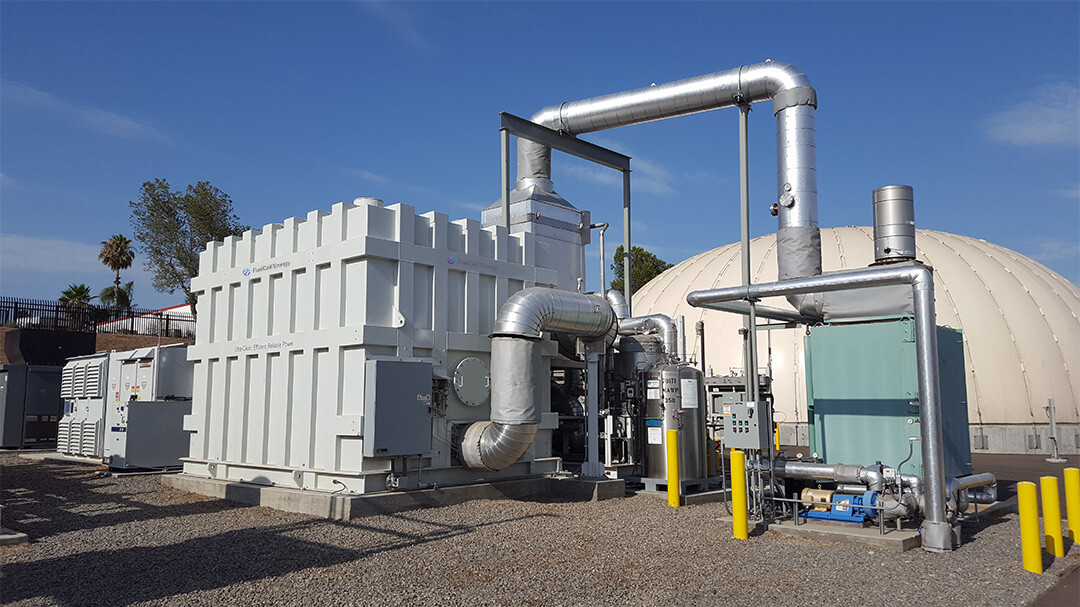
Convert Wastewater Emissions with Fuel Cells FuelCell Energy

How Will Fuel Cells Power Homes In The Future?
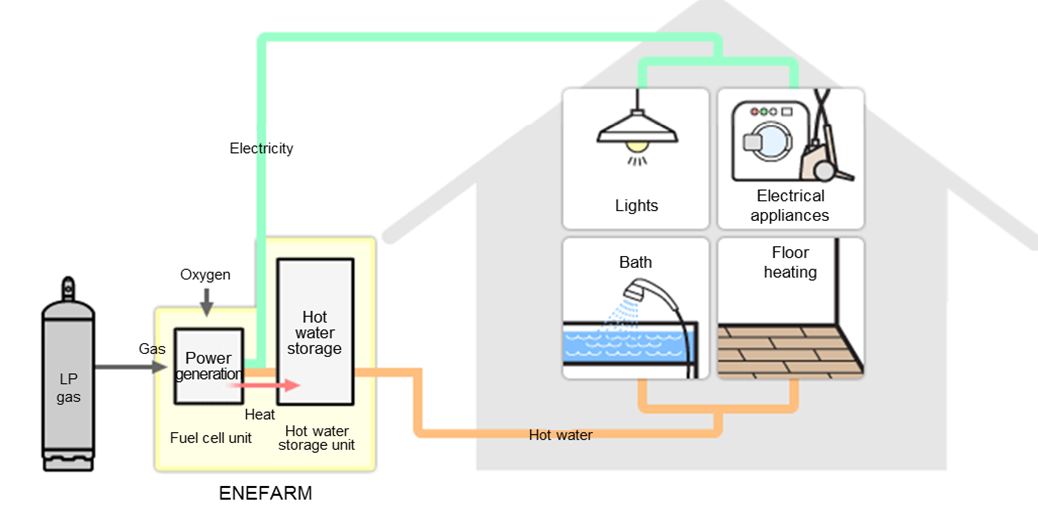
ENEFARM (Residential Fuel Cells) Detail ITOCHU ENEX CO.,LTD.

Fuel Cell Basics — Fuel Cell & Hydrogen Energy Association
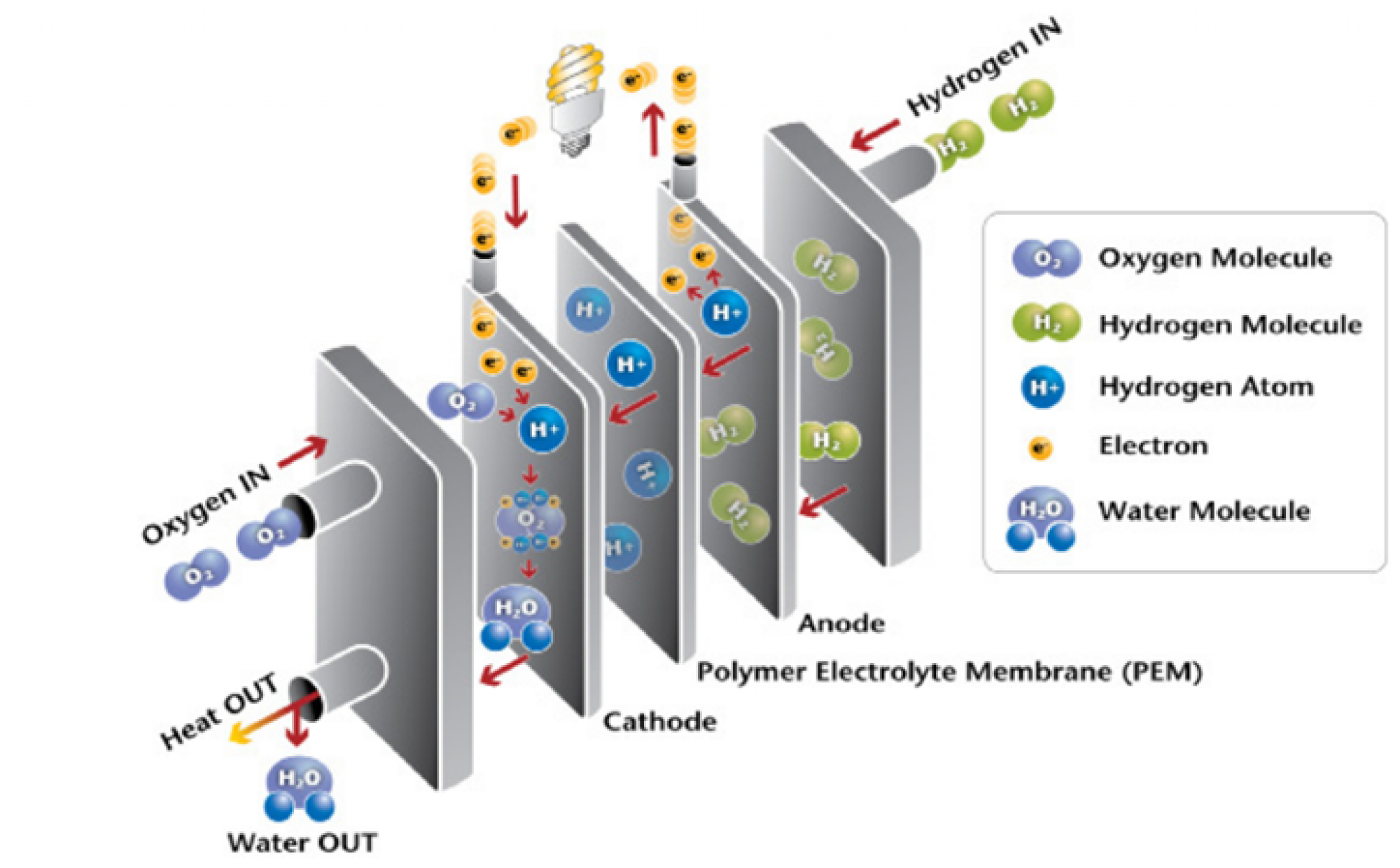
How To Build A DIY Hydrogen Fuel Cell

RCI 2191A Fuel Cell 19 Gallon 30Lx12wx12h; Aluminum Cells; Natural eBay
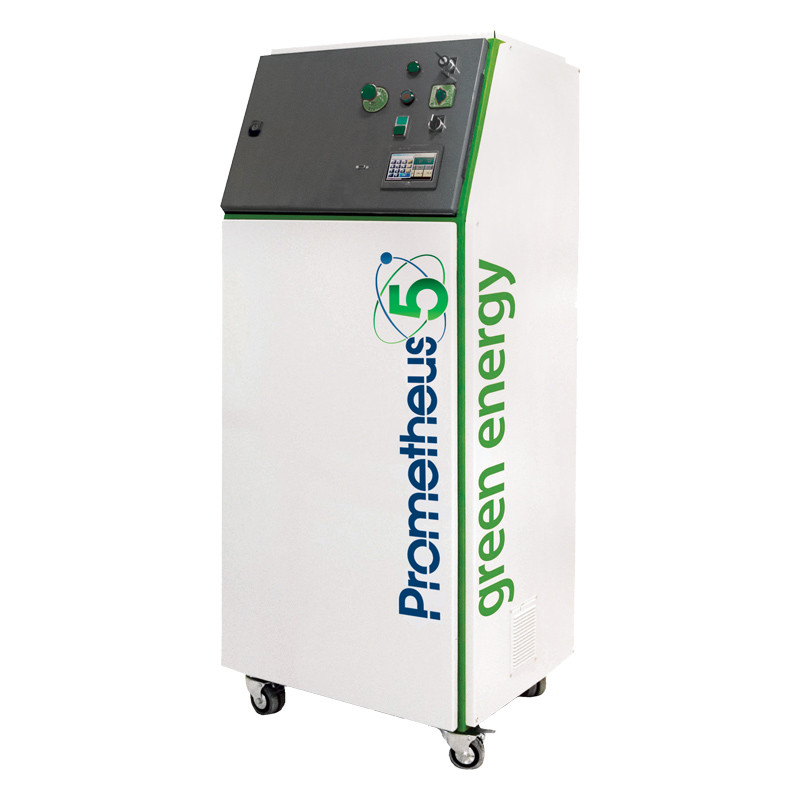
H2PS5 Professional Natural Gas LPG Biogas fuelcell generators H2PS5 Re

Panasonic reduces size and price of “EneFarm” home fuel cell
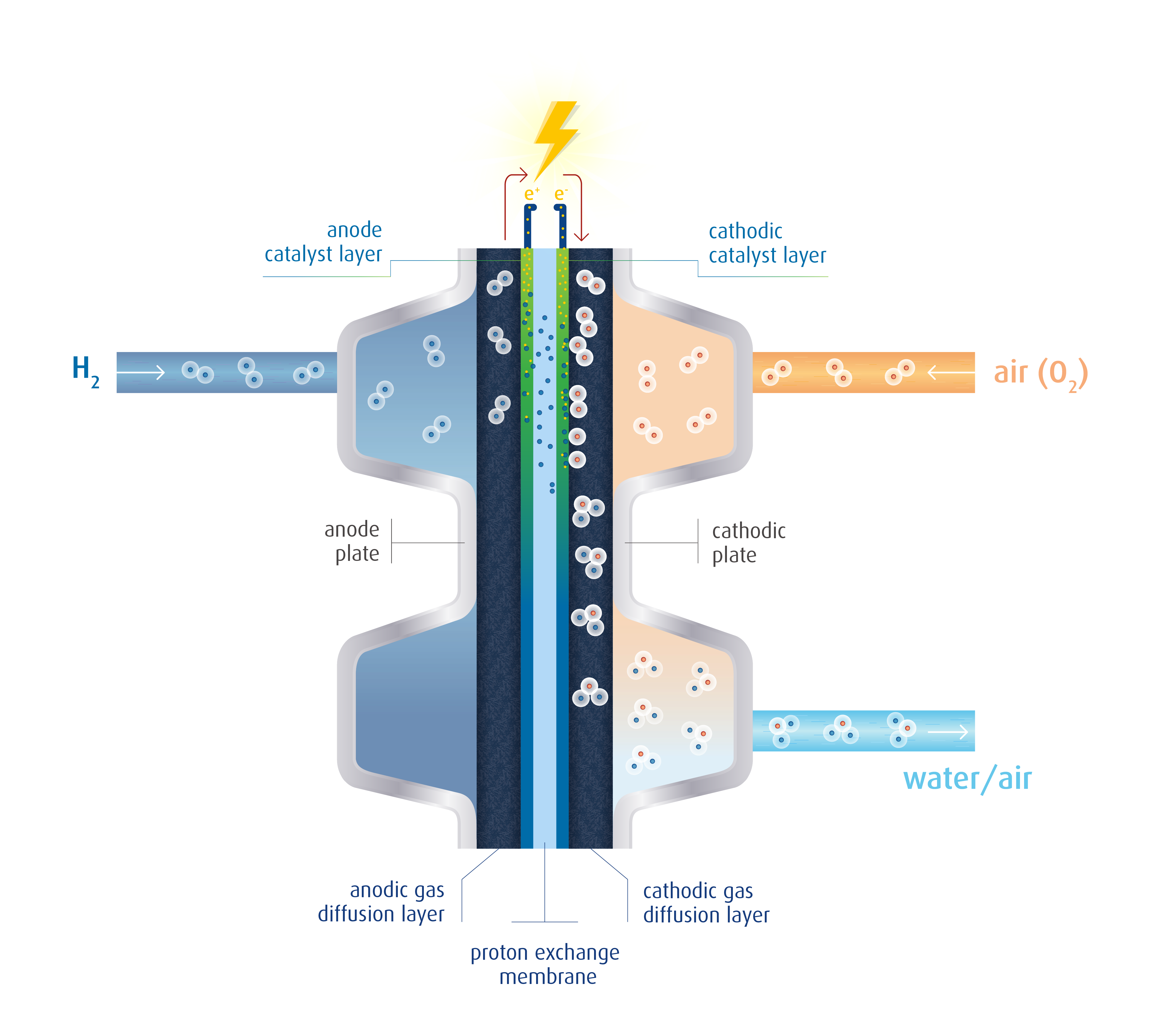
Fuel Cells zero emissions and long driving range Umicore South Korea

How to make a hydrogen fuel cell power generator YouTube
Residential fuel cells, also known as home fuel cells or micro combined heat and power (micro-CHP) systems, generate electricity and heat by converting hydrogen and oxygen into water through an electrochemical process. Because of their efficiency, they emit less greenhouse gases than more conventional energy sources like coal, oil, and natural.. In 2009, Panasonic launched the world's first household fuel cell cogeneration system, ENE-FARM* 3, which uses hydrogen extracted from natural gas to generate power. With more than 10 years, the company has evolved ENE-FARM by improving its electrical efficiency and operating time, as well as making it more compact.